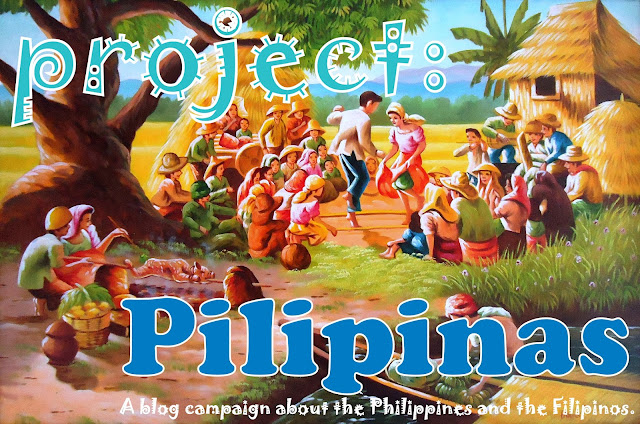They call it the 168 Mall. It is one of the busiest places in the Philippines during shopping days like Christmas season when longing for enjoyment and relaxation is on the air once again. From Cavite, my home place, going to Divisoria, it will take you about an hour travel under normal traffic flow. What is in this place? Well, Divisoria is the Bargain Shopping Capital of the Philippines . This is where wholesale and retail prices make shoppers say “WOW!” on delight. Visiting this place will definitely give you a realization about shopping on a different dimension. Find out why on the next paragraphs. On the Photo: The Popular 168 Mall in Divisoria, Manila, Philippines Divisoria is located in Binondo, Manila. It is accessible via Quiapo(where the famous Black Nazarene of Quiapo Church is) thru Recto Avenue and via Lawton near Manila City Hall. Divisoria has been there since the early 90’s. As it is near the North Harbour, Manila’s main seaport, the freshest and cheapest produc...
